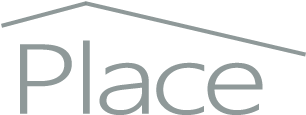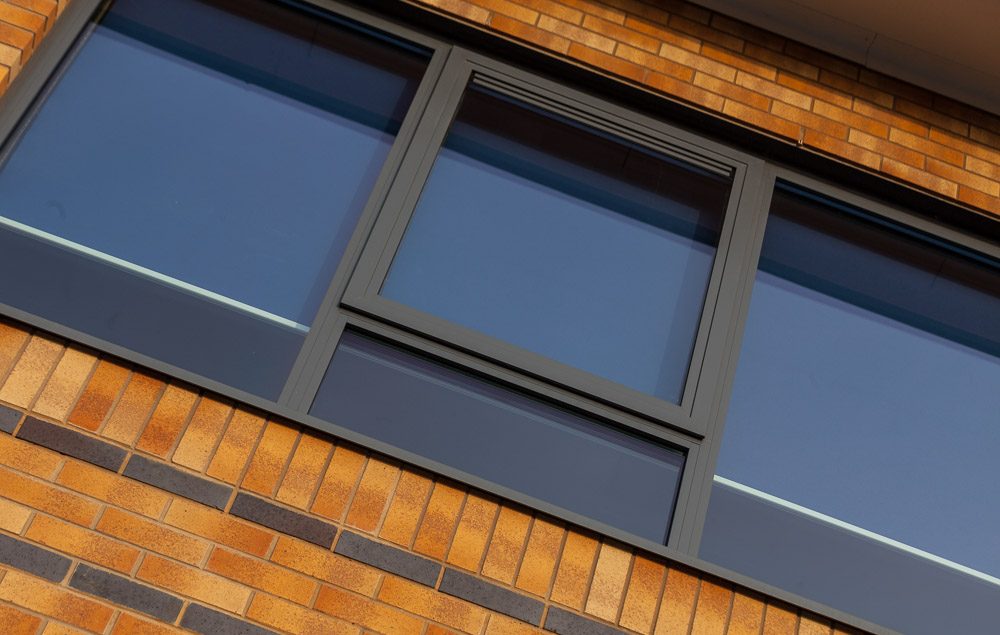Professional v DIY Architectural photography – Part 2
The modern digital camera makes it so easy to takes good photographs so you decide to do it yourself. You are perfectly happy with the results. Then the times comes to produce a new brochure, bid for work, submit for an award or just refresh your website and suddenly the photos don’t seem quite up to the job.
So, what is it that the professionals do that makes the difference?
This post continues the exploration of how a professional approach to architectural photography produces an outcome which is so much more acceptable than a skilled Architect or designer with a good camera.To find out what happens before we release the shutter go to Professional v DIY Architectural Photography – Part 1
Expose – The camera is set on a suitable level platform (a geared tripod head makes life so much easier!), the light measurements are taken and filters are in place to balance the light levels. Then it is time to press the shutter but don’t just press it, that can induce camera shake so use a cable trigger and lock the mirror up. If you are doing this you are on your way to great results. You are a little over half way there. What next in our professional approach?
Backup – we back up our images. Its the first thing we do – do you?
Select – we select images for processing with great care – only the best will do
Process – we can’t leave the processing up to the camera so we shoot RAW files which gives the best outcome for editing. Post-production for architectural subjects is a really involved process. Someone pointed out that it takes about as long to learn to use Photoshop well as it does to learn ArchiCAD
Colour balance – we colour balance again to ensure the light has the right quality and the colours are true
Crop and straighten – with perspective control lenses, our images are usually pretty close but the crop can make a big difference.
Retouch – this is a very important aspect of the work. No parking signs, distracting phone lines, paint streaks, etc were not part of the design intent. Removing these in Photoshop reveals the clean lines and carefully considered proportions of the original design. Few non-professional photographers go to this trouble.
Dodge and burn – to draw out detail in the right areas of the image and balance up the image to ensure that the eye dwells most on the architectural interest in the picture.
Sharpen – images for professional use must be perfect. This means reducing digital noise that creeps in through the preceding processes and increasing edge contrast.
Output – from print or screen – it is easy to undo all our good work at the last hurdle by not taking proper care to output images in a manner best suited to the potential use of the image. We print in house using a high quality archival quality print process using pigment inks to produce stunning results.
Conserve – the job is not over. Images need to be backed up again and properly cataloged so that they can be found when the client needs them.
Many Architects are keen and very competent photographers themselves. This makes them exacting and rewarding clients to work with. I wouldn’t have it any other way. I hope that the steps I have explained in Professional v DIY Architectural Photography – Part 1 and in this piece go some way to explain the many small steps which together make the difference between a great Architect with a good camera and an Architectural Photographer pursuing the craft he loves.

